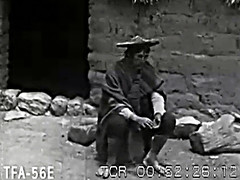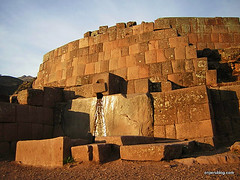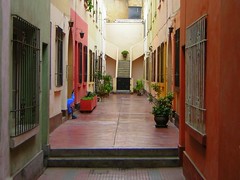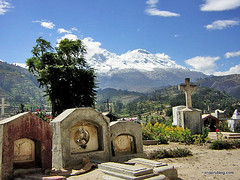Huaca Pucllana
Part of the Lima PreColombina series
There exist roughly 100,000 known archaeological sites in Peru and 250 of them are in the city of Lima. If I went to one each week day and rested on weekends, it would take me almost a year to visit them all. This is just in Lima, where tourists rarely spend more than a couple of days.
In the centre of Miraflores in the city of Lima resides a large mound of dry mud that rises above the surrounding buildings. Close to the rising mountains of the Andes such a thing doesn’t seem entirely out of place – until you look closer. Those are bricks… terraces… stairs. Could it be that this formation is man-made?
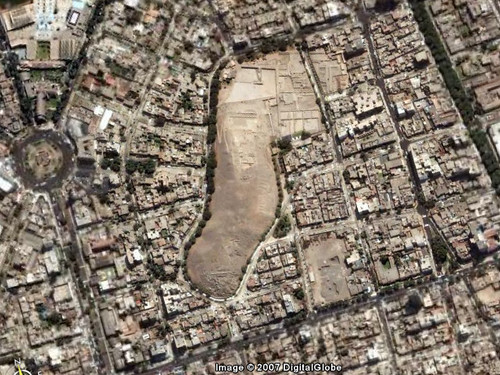
Almost 2000 years ago, where the city of Lima now stands and over 1000 years before the Incas founded their empire, there was an ancient culture. Not much is known of them, not even what they called themselves, so they are referred to as the Lima culture. From the beaches to the south of Lima, to the ports to the north, and out into the foothills of the Andes, this was their home. In their home they constructed numerous temples, storage sites and administrative centres. The largest, best preserved and one of the few surviving is Huaca Pucllana.
The name Pucllana was not its original, that name is lost. Pucllana actually means play and that’s what it was used for shortly after the Spanish conquest, where the locals, probably between their lessons in Catholicism, would come to unwind and play. That was only 500 years ago, and for the people of that time the significance of the place was long lost. 1400 years ago the Lima culture who built the complex died out and were replaced by the invading Wari people who’s empire rivalled the Incas that would come to be centuries later. After the Wari’s civilisation also collapsed, hundreds of years after, the Incas arrived in Lima at the start of their expansion. So it is not surprising, in the passage of this vast amount of time, that everything known about Pucllana was lost.
In recently centuries, and even up until the 1980’s, these ancient ruins were used to ride horses, fly kites, ride motorbikes, and build houses on.
Huaca Pucllana was used as a religious site (the pyramidal structure) and as a administrative centre (the once-vast set of buildings mostly gone now). The site took 300 years to complete and is built entirely out of stacked sun-baked mud bricks – some of which still have hand prints. The bricks are said to be stacked “library style” in that they are all vertical and have the appearance of a book-shelf. On top of the large structure are holes, where offerings to the earth were made. Things from food, ceramics, animals and even human beings. The human sacrifices were always young women who were slender. It was considered a great honour to be sacrificed and sacrificial victims went willingly. The mummies found here were all found horizontal, face down. Some were decapitated.
Now the site is protected and being restored and researched. There is still much to do and much to find out about this, and the hundreds of thousands of other similar locations across the country.
Photos –
Tags: huaca, huaca pucllana, lima, lima precolombina, miraflores, ruins



